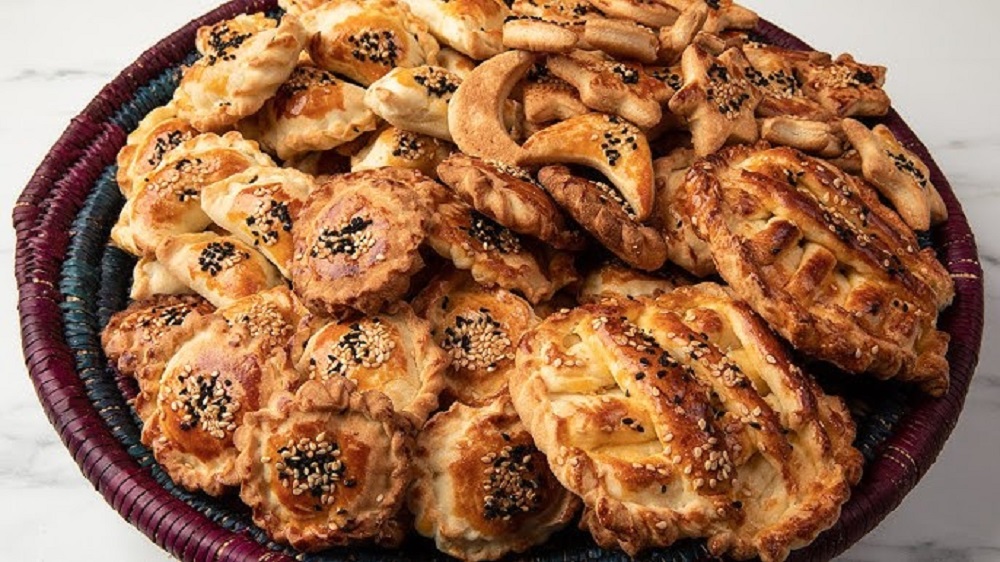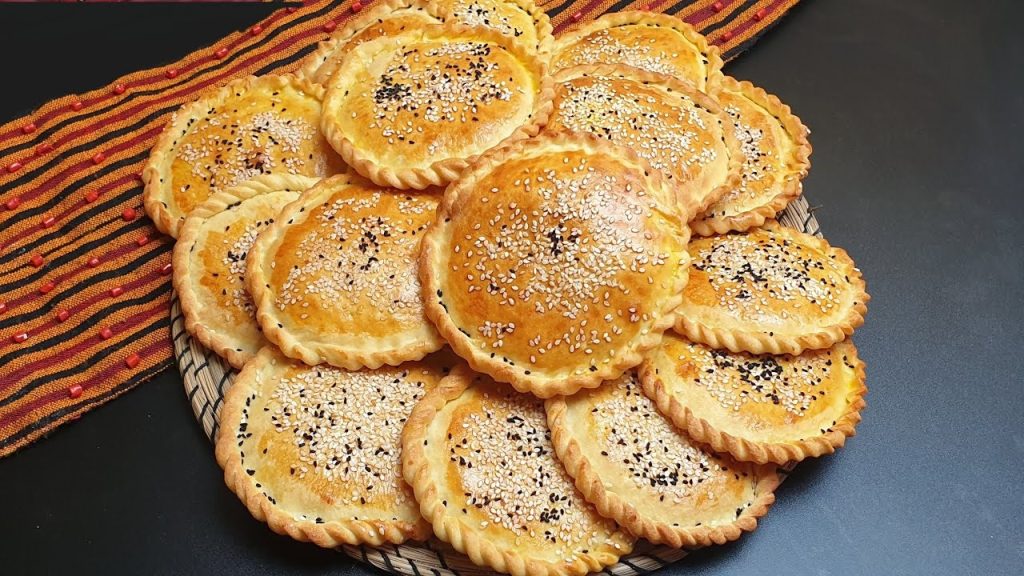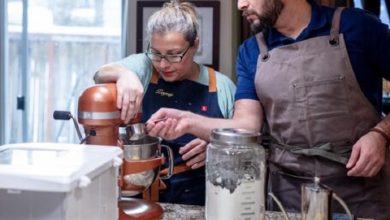The Traditional Yemeni Ka’ak of Sana’a: A Culinary Heritage Preserved Through Generations
Exploring the origins, ingredients, and cultural significance of Ka'ak Sana'ani, a cherished Yemeni pastry from the heart of Sana'a..
Yemen’s culinary history is rich with flavors, textures, and cultural meanings—none more so than Ka’ak Sana’ani, a traditional pastry deeply rooted in the capital city, Sana’a. Unlike Western confections, Yemeni ka’ak (كعك صنعاني) is known for its dense texture, spiced aroma, and role in both festive and everyday life. It’s not merely food; it’s an edible emblem of identity, hospitality, and community.
Origins and Cultural Significance
The Ka’ak Sana’ani dates back centuries, with recipes passed down through generations in Yemeni households, especially among women. The pastry is typically baked during Islamic holidays such as Eid al-Fitr and Eid al-Adha, but it also appears in weddings, social gatherings, and as a welcome snack for guests.
In Yemen, ka’ak symbolizes generosity. Offering ka’ak with tea or coffee is a ritual of hospitality. In many Sana’ani homes, the aroma of ka’ak baking in the oven signals celebration or honored company.
Key Ingredients and Unique Flavor Profile
Ka’ak Sana’ani is distinct from other Middle Eastern cookies due to its bold use of spices. Common ingredients include:
-
Flour: Often wheat flour, sometimes mixed with semolina for texture
-
Ghee or Butter: Essential for the rich, crumbly base
-
Nigella Seeds (Habbah Sawda): Provide a pungent, peppery flavor
-
Ground Spices: Cardamom, cinnamon, fennel, and anise are typically used
-
Yeast or Baking Powder: To ensure softness
-
Sugar: Used sparingly; ka’ak is subtly sweet, not overly sugary
The dough is shaped into rings or small flattened disks, often decorated with patterned molds or fork impressions before baking until golden.

Traditional Preparation Method
-
Mixing Dry Ingredients: Flour, spices, and nigella seeds are sifted together.
-
Incorporating Fat: Melted ghee is worked into the flour until crumbly.
-
Adding Liquids: Yeast-activated water or milk is slowly added to form a firm dough.
-
Shaping: Dough is formed into rings or stamped disks.
-
Baking: The ka’ak is baked at a moderate temperature until golden-brown.
This traditional method remains largely unchanged in Sana’a today, with most families favoring home-baking over store-bought versions.

Ka’ak in the Yemeni Diaspora
For Yemenis abroad, making ka’ak has become a way of preserving identity. Whether in the United States, the Gulf, or the UK, Sana’ani families continue to bake ka’ak using ancestral recipes, sometimes adapting them to available ingredients while maintaining the cultural ritual.
Ka’ak Sana’ani is more than a pastry—it is a legacy of Yemen’s capital, woven with spices, tradition, and the warmth of home. In a world of fast food and fleeting trends, the enduring presence of ka’ak in Yemeni homes speaks volumes about its deep cultural roots and emotional resonance.



